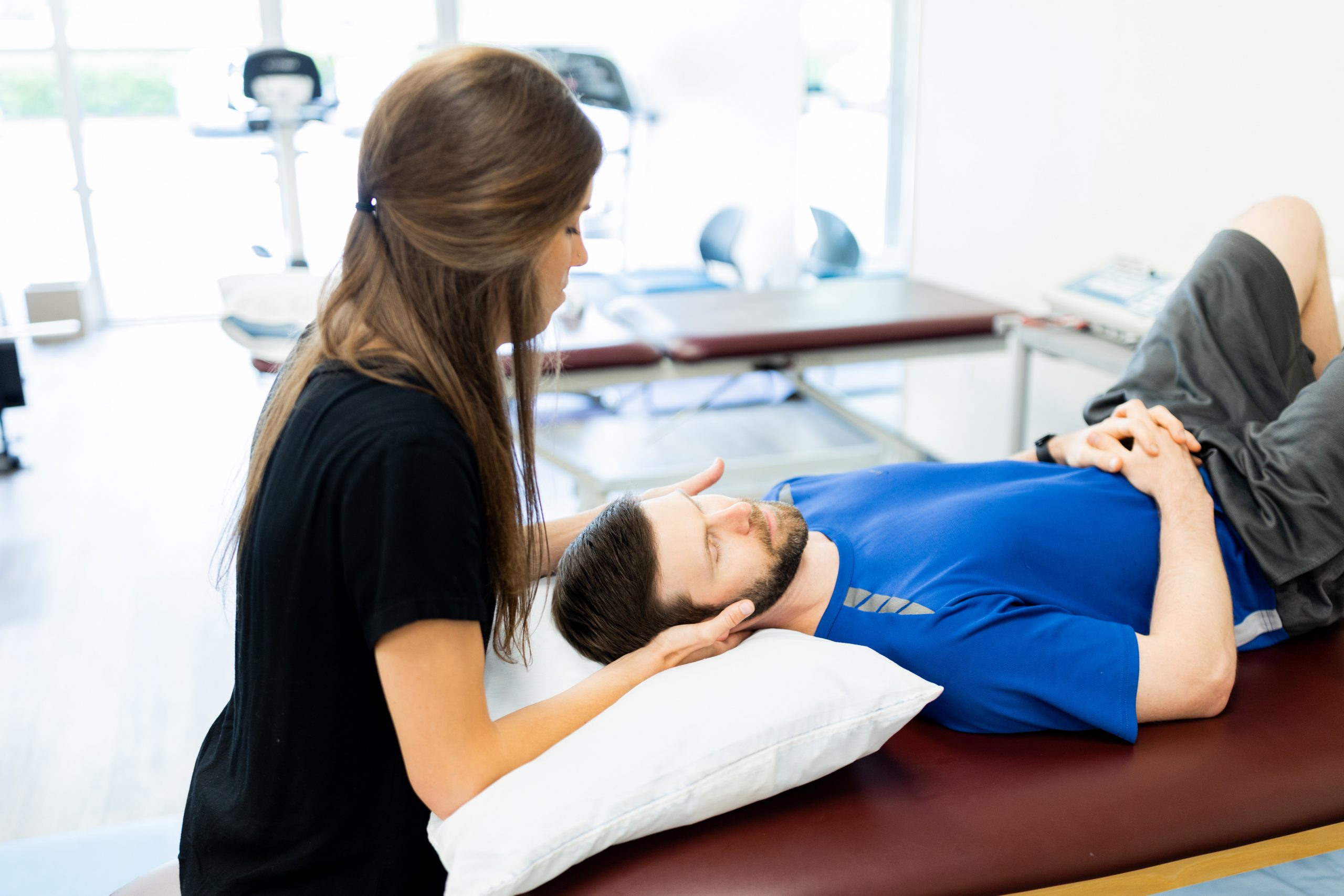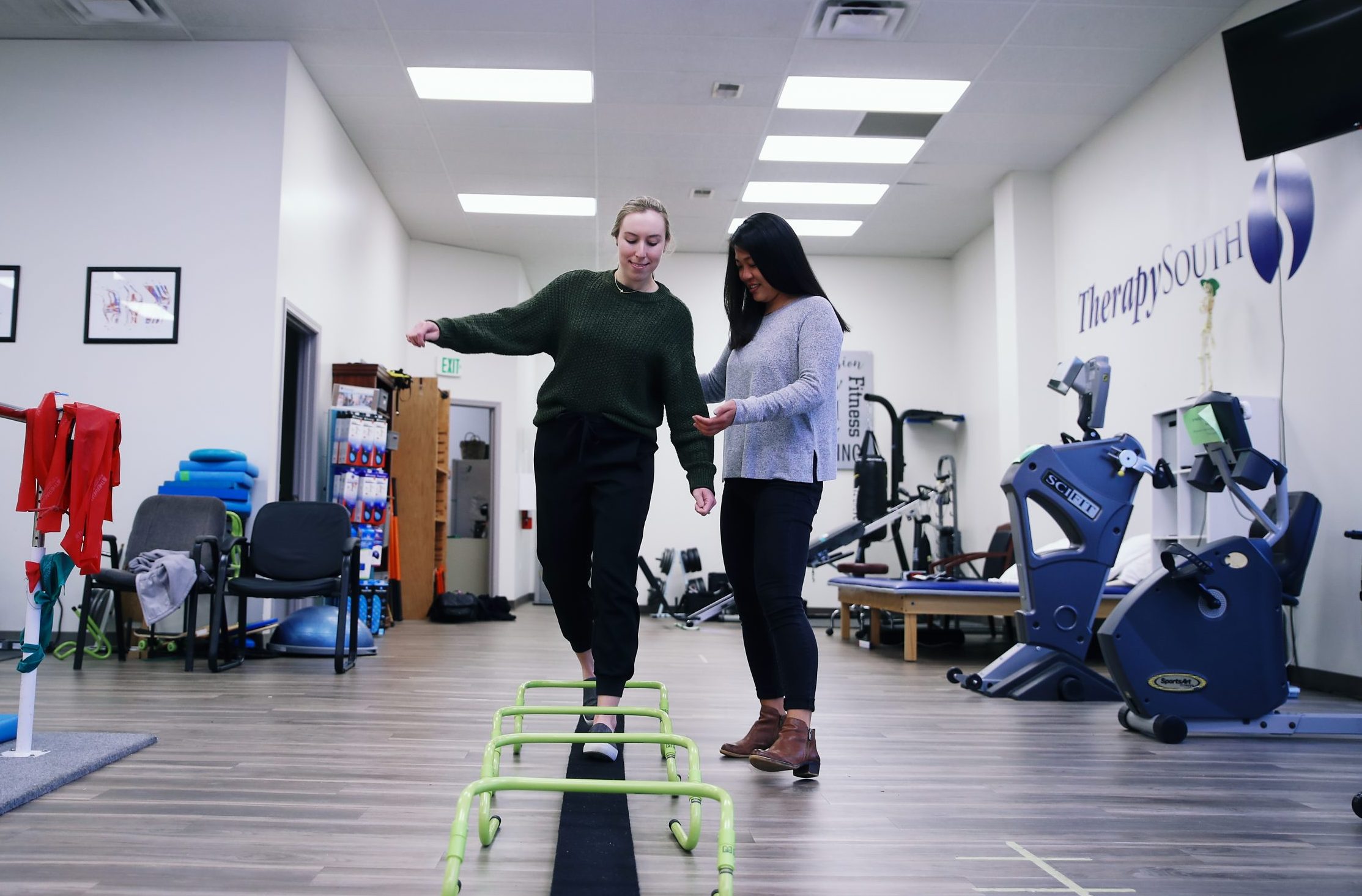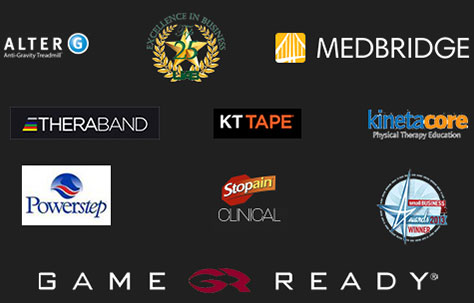Featured Therapist: Jazma Dobbins, PT, DPT, PRPC, CVT
Did you know our body uses three different systems to maintain balance? These systems are the vestibular system, visual system, and somatosensory or body system. When one isn’t functioning optimally, the other two systems have to pick up the slack.
Balance directly impacts the way we move our bodies, maintain posture, and achieve daily activities. Sometimes pain, injury, inactivity, aging or other circumstances will cause our muscles to weaken and therefore affect our balance. For example, if moving the head brings on vertigo, we tend to simply stop moving our head. Over time this leads to neck pain and stiffness and can impact the ability to scan your environment or look over your shoulder while driving.
Physical therapists work on the muscles and bones of the neck to help restore this motion as they help the inner ear tolerate the motion. Strengthening the muscles that help maintain posture such as the core, neck, hip, and ankle muscles and even the muscles of the eyes can improve balance and function.


Let’s talk about vestibular therapy and how this system impacts balance, gait and overall movement…
The vestibular system, also known as the inner ear system, is a special organ that detects linear and angular acceleration. Our vestibular systems have an intrinsic firing rate much like a heartbeat. When both sides are firing together, the vestibular system is in harmony. When one side fires slower or faster than its opposite, vertigo and loss of balance can occur.
Vestibular therapy is a dynamic, specific type of physical therapy designed to help people overcome disorders related to the inner ear. Therapy for the vestibular system involves exercises to help the brain adapt and create new ways of maintaining balance and equilibrium. The brain is fantastically plastic, meaning that it can adapt and reorganize its structures and pathways and physical therapy can help the brain meet that goal!
The primary goal of vestibular rehab is to discover what motions or body positions trigger symptoms and develop a plan of help the brain no longer consider those motions as noxious. Sometimes this is a relatively easy “fix” as with BPPV, a condition where the crystals that weigh down hair cells in the inner become dislodged and float within the fluid-filled canals of the inner ear. Other conditions such as Meniere’s, vestibulitis, and labyrinthitis can take a bit longer to treat and will require consistent specific exercises to help keep symptoms at bay.
Balance is much like a muscle.
It must be challenged to be strengthened. At first this can seem a little scary, especially when fear of falling is a factor. Your physical therapist can help you regain confidence and challenge your balance in a safe manner. We use multiple strategies to stay balanced when moving about the world such as the ankle strategy when walking across uneven surfaces, the hip strategy when walking through narrow spaces, and the stepping strategy when we are kicking a ball or stopping ourselves from falling. This of course is an oversimplification of how our body uses different strategies to maintain balance. In truth, we use a combination of the strategies with the ankle strategy being the most efficient.

Balance is all about maintaining the center of gravity. When we can’t use the appropriate muscles to correct how we move outside our center of gravity, a fall usually ensues. Your physical therapist will evaluate which strategies you are using efficiently and which you may be having trouble utilizing.
Contact a TherapySouth clinic near you and schedule a balance assessment! We look forward to providing you with hands-on, quality care.

To read more about Jazma, visit her bio.






